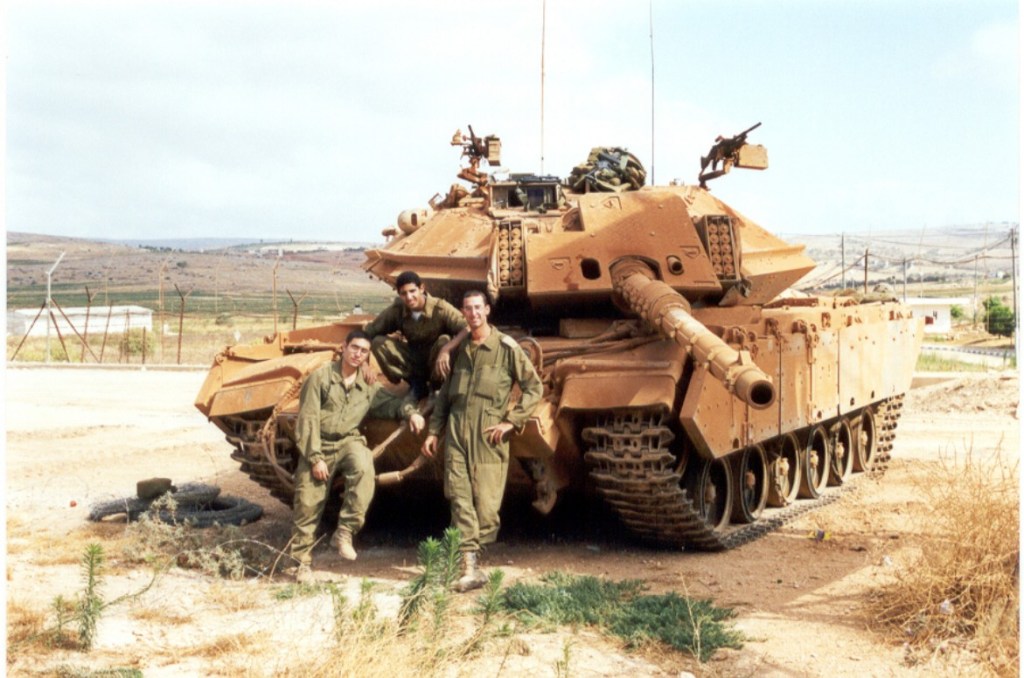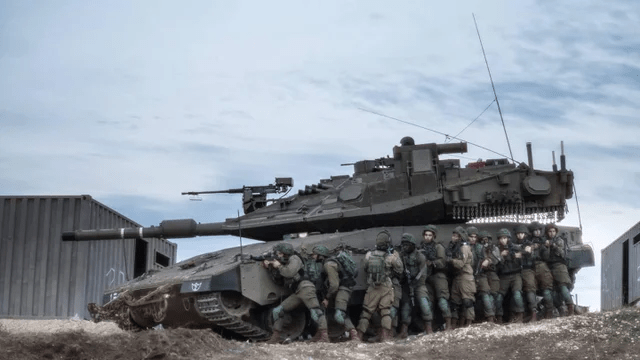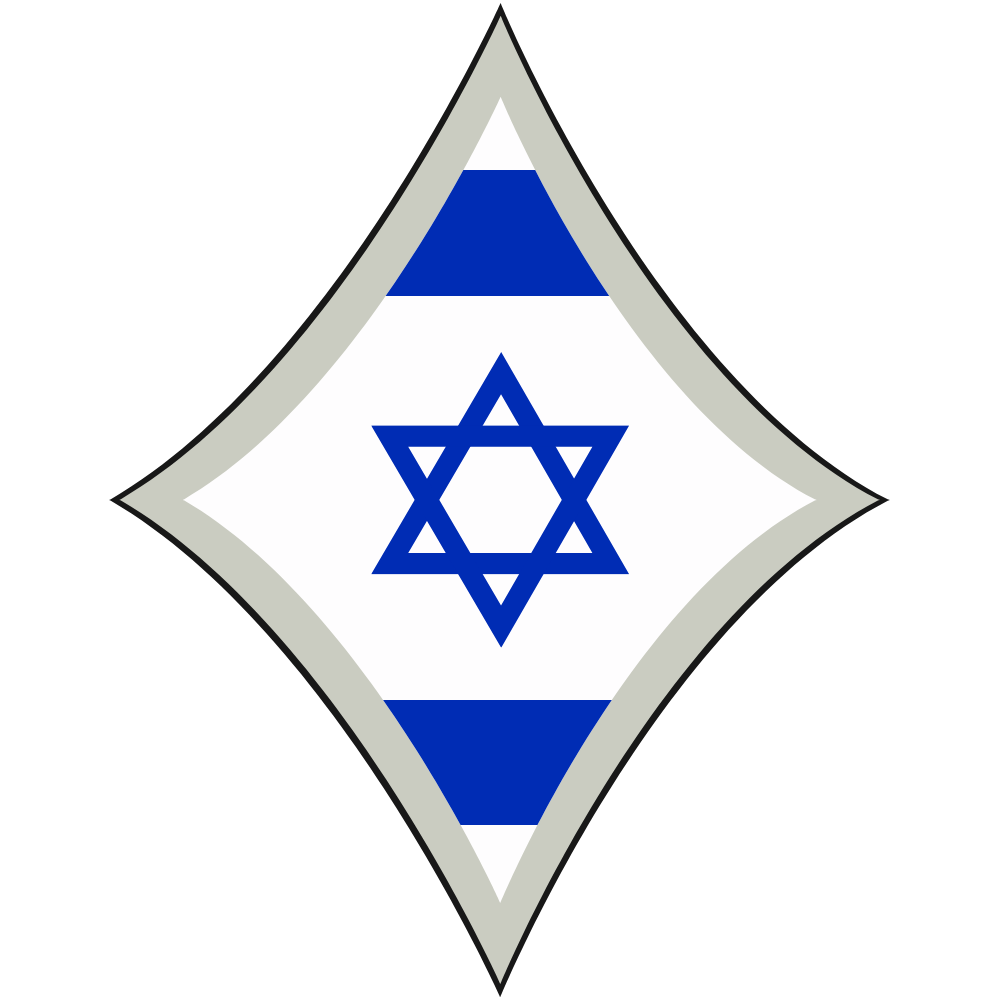During the development of the Magach 4 (an upgrade package for Magach 3 tanks that converts them into Magach 5 standard with some additional upgrades), Israel decided to upgrade its Shermans as well as their armor began to show its obsolescence against modern anti-tank weaponry. The first tests were performed on an M-50 Degem Bet with armored skirts for the tracks.

After a few experiments runs, the magach 4 upgrade program was terminated, and with it, the Sherman up-armoring experiments. The experiments would be revived about a decade later when Israel ended Operation Peace for Galilee and started its decade-and-a-half-long stay in southern Lebanon.
Israel needed to up-armor their Magachs more than ever before, so the Batash ERA was born. Israel decided to first test it on less expensive platforms, and it was decided that a Sherman would be the best choice. This time, the M-51 was chosen due to the M-50’s obsolete cannon and the fact that the M-50s in IDF stock were either given to the South Lebanese militia or converted into other vehicles such as MLRS, self-propelled guns, or so-called “Ambutanks”. To better suit the urban environments the Sherman-Magach was expected to operate in, the cannon barrel was shortened from an L/51 to an L/17, and the muzzle brake was removed.
Heavy side skirts were put on the hull to prevent the placement of explosives on the tracks and help distort enemy RPGs.
The Batash ERA was added to the turret and roof to prevent attacks from above from threats such as an RPG launch from a roof or an ATGM from far away. It was initially planned to add a few thin NERA blocks on the side skirts, but due to weight concerns, the side skirts ended up being armed with Batash ERA instead. Only 2 prototypes of the Sherman-Magach were fully completed, named “Sherman-Magach V1” and “Sherman-Magach V2” respectively.

The difference between the V1 and V2 is that the latter was equipped with an experimental autoloader and a top-secret miniature TOW launcher mounted on the roof. The experimental autoloader of the Sherman-Magach V2 could hold 22 shells in total and could pull any specific type of shell (HEAT, HESH, Smoke, or HE) with a press of a specific button. The autoloader could also pull out a shell from the breach and re-store it, should the crew feel like using another shell. There was still a loader in the tank, as he would manage the ammunition selection and act as an emergency loader should the autoloader fail (the autoloader could also be folded to clear space for the loader). After the Sherman-Magach program was terminated, the IDF decided that such an autoloader was too expensive and unreliable to operate, so the autoloader was scrapped from future MBTs. However, the IDF liked the idea of the ammunition being pulled out for the loader instead of him needing to pull it out of storage. Thus, instead of being completely scrapped, the electric ammo storage part remained without the rest of the autoloader. The electric ammo storage was installed on the Merkava Mk.4 MBTs, allowing for a quicker reload than a fully manual loading like on the M1 Abrams.
The Sherman-Magach V2 was the first vehicle in IDF service to use the miniature TOW launcher. Somewhere around 2017, an image of the miniature TOW launcher on top of a Merkava Mk.4M was leaked to the internet. This was the first-ever time the public got to see what it looked like. The IDF denies the existence of the miniature TOW launcher and claims it is merely a holder for malfunctioning canisters.

Photos of them are extremely rare due to the high classification of the project and its short lifespan (only a year until both were scrapped for spares) and the few photos I came across were either too pixely to see anything, heavily copyrighted, or have a giant watermark, so, unfortunately, I cannot use them here. With the help of a few photos and a friend of mine, we’ve made this 3D print of the Sherman-Magach V1 (without the Batash ERA because we did not have enough Batash ERA blocks).

Sources:
- Experimental combat vehicles of the Cold War, By George Gibson. p. 412-414
- Ta’as 70 years of innovation, By Yotam Yosefi. p. 321-323, 370, 382-383
- The projects that never were part 25: Israel, By David Degan. p. 40-44, 52
- From the Vault: The Secret Testing of Israeli M111 “Hetz” Ammunition, By Tank and AFV news
